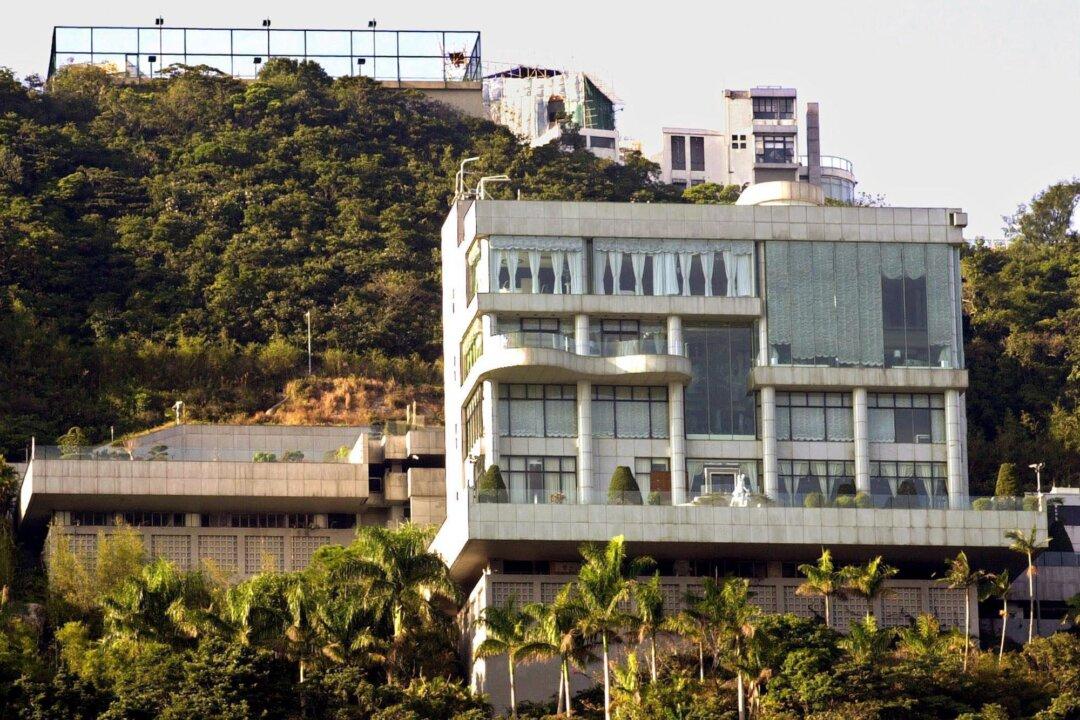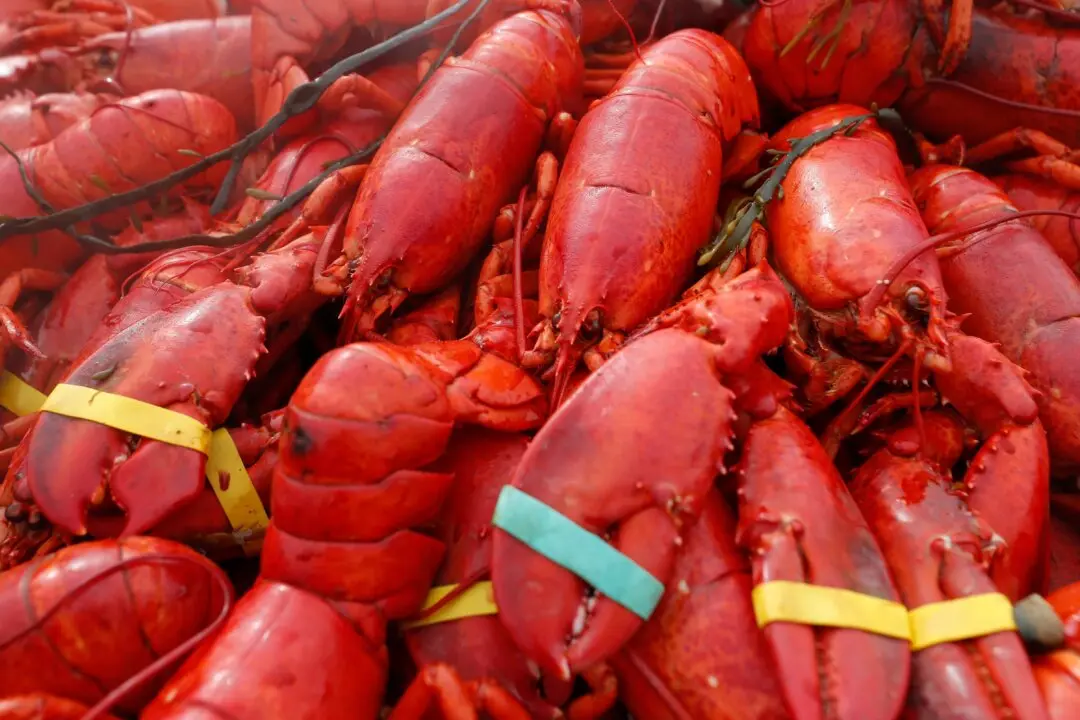LOS ANGELES—Global luxury home sales cooled off in 2016 for the second consecutive year, even with a record number of homes selling for more than US$100 million.
A report released on May 10 by Christie’s International Real Estate shows that sales of homes priced at US$1 million or more edged up about 1 percent worldwide last year.
That represents a sharp slowdown from 2015, when luxury home sales climbed 8 percent, and from 2014, when sales vaulted 16 percent.
However, Toronto led a separate gauge of the hottest luxury markets, or those where the pace of sales was strongest, reflecting heightened demand. Its luxury home sales were nearly double what they were in 2015.
Low inventory and price increases spurred urgency among buyers. Luxury homes in Toronto took an average of 17 days to sell last year, down from 28 days the year before. That was the fastest sales pace of any market.
Rounding out the top five hottest luxury markets are Victoria; San Francisco; Austin, Texas; and, Charleston, S.C.





